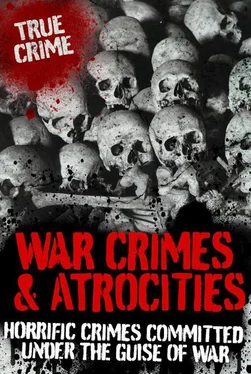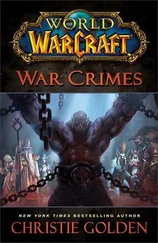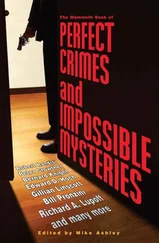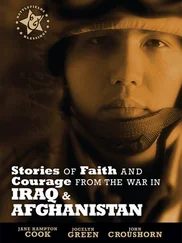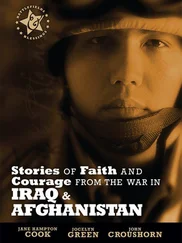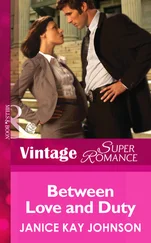Although the soldiers responsible for the shootings insisted that they had come under sustained gun attack from members of the IRA, evidence from witnesses ran to the contrary. All the eyewitnesses, apart from the soldiers themselves, who included marchers, local residents and journalists, all confirmed that the soldiers had fired into an unarmed crowd who were in fact running away from them. Even people who had stopped to help the wounded were shot at. No British soldier was wounded by gunfire, and there was no proof whatsoever that they had been fired on by anyone. In the aftermath, irate crowds burned down the British Embassy in Dublin on 2 February, 1972, and Anglo-Irish relations hit an all-time low.
The shock and anger caused by the events on that day was responsible for provoking many young Catholic men to enlist in the IRA and join in the fight to try and end British control.
FIRST INQUIRY
As soon as the British government learned of the killings, they appointed Lord Widgery, who was Lord Chief Justice at that time, to open an inquiry into the events of that day. The Irish people were wary about the impartiality of Widgery, and even more sceptical when he decided to hold the Tribunal in Coleraine, which was about 51 km (32 miles) away from scene of the killings. Some considered boycotting the inquiry, when they learned that many key witnesses, including some of those who had been wounded on that Sunday, were not even to be called to take part in the Tribunal. Widgery’s report, which was issued less than three months after the event, exonerated the British soldiers, stating that they were justified in using live ammunition as there was a strong suspicion that some of the people killed had been firing weapons or handling nail bombs. There was nothing to back up his report, and further forensic evidence proved that any trace of explosives on the clothes of 11 of those killed was negative. The clothes of the remaining men could not be tested as, for some unexplainable reason, they had already been washed.
SAVILLE INQUIRY
After considerable pressure to reopen the inquiry, on 29 January, 1998, Tony Blair, then British Prime Minister, announced there would be a new investigation under the chairmanship of Lord Saville. The ensuing inquiry, which ran between March 2000 and January 2005, turned out to be one of the longest and most expensive in British legal history. The new inquiry was the result of the frustration of the relatives of those killed and injured on Bloody Sunday, claiming that the first tribunal had been a ‘whitewash’.
Because a number of soldiers felt their lives would be in danger if they had to testify in Ireland, the inquiry was moved to London. There were disruptions right from the start of the inquiry, when a number of police officers told the tribunal that they would only testify from beind screens in order to protect their identity.
Colonel Derek Wilford, who was the officer in charge of the Parachute Regiment on Bloody Sunday, never wavered in his testimony that his soldiers were fired on first. However, he did go on to say that the regiment had disobeyed his orders by driving deep into the Bogside in a number of armoured cars.
By the time the inquiry retired to study its findings, it had cost a total of £155 million and interviewed over 900 witnesses, including leading politicians, civilians, policemen, soldiers and members of the IRA. Even Sir Edward Heath, the prime minister at that time, was called to take the stand.
However, vital helicopter video footage and army photographs were never made available to the inquiry and, on top of this, guns used on the day by the British soldiers, which should have been produced as evidence, have since been destroyed. Because of the enormous amount of information to be studied, the Saville inquiry has not published its report to date. Christopher Clarke QC, counsel to the inquiry, said that he hoped the proceedings had played a part in enabling people to come to terms with the events of the day, but some people feel that it raised more ghosts than it put to rest.
Bokassa: The Devil Emperor
1921–96

It is little wonder that Jean-Bédel Bokassa was nicknamed the ‘Ogre of Berengo’ and ‘Cannibal Emperor’. Apart from reportedly murdering members of his own army and poisoning his own grandchild, Bokassa also personally participated in the massacre of over 100 schoolchildren who protested against paying for school uniforms bearing his picture.
MILITARY BACKGROUND
Jean-Bédel Bokassa was born on 22 February, 1921, in the village of Bobangi in the Moyen-Congo, in the present-day Central African Republic. His father, Mgboundoulou, was a tribal chef of the M’Baka, which was a small tribe in the forest south of Bangui. In 1927, when Bokassa was only six, his father was murdered by French colonial occupiers. His mother never got over the loss of her husband and committed suicide one week later, leaving Bokassa and his 11 siblings, to be raised by Catholic missionaries.
As soon as he was old enough, Bokassa enlisted in the army, fighting for the French in World War II in Indo-China and Algeria, and heended the war as sergeant major. He was awarded the Legion d’Honneur award, which was created by Napoleon, and also the Croix de Guerre, a military decoration of both France and Belgium. Bokassa left the French army in 1961 and joined the military ranks of the Central African Republic. Bokassa rose quickly through the ranks, becoming both colonel and chief of staff of the armed forces.
SELF-PROCLAIMED EMPEROR
In 1966, with his country in a state of economic confusion, Bokassa decided to overthrow the autocratic David Dacko (who was his cousin), in a coup d’état , after a threatened nationwide strike. Bokassa immediately assumed power as the President of the Republic and head of the Mouvement pour l’évolution Sociale de l’Afrique Noire , which was the only political party at that time. In 1972, Bokassa declared himself president for life, and in 1974 he survived an attempt on his life and a coup attempt later that same year.
Bokassa decided to convert to Islam after a meeting with Muammar al-Qadhafi of Libya and also changed his name to Salah Eddine Ahmed Bokassa. It is thought that this was simply a ploy to try and obtain funds from Libya, and when no financial aid was forthcoming, Bokassa abandoned his newly acquired faith.
In September 1976, Bokassa dissolved the government and replaced it with the Central African Revolutionary Council. In December of that year, Bokassa declared the republic a monarchy, giving it a new name, the Central African Empire. So that he could legally crown himself Emperor Bokassa I, he quickly converted back to Catholicism, and he almost ruined his country financially with his overly-extravagant coronation, costing an alleged $20 million. For the next 14 years that he was in power, he abused his position and looted his country of any riches that it contained. Many of his subjects thought that he was totally insane, and they compared his egotistical extravagance to that of the other well-known dictator, Idi Amin. Bokassa even bragged that Pope John-Paul II had made him an apostle of the Catholic Church. Rumours of torture were rife, and it has even been suggested that Bokassa himself took part in the thrashings. In 1979, everything was to change.
THE LAVISH PALACE
Bokassa’s once lavish palace rose out of a palm grove, approximately 80 km (50 miles) from the capital of Bangui. Inside the palace was a garish Italian bathroom and a luxury kitchen. The bedroom, where the emperor slept, had a gold-plated bed surrounded by piles of gold and diamonds. Next to the palace was an airstrip, and one terrified neighbour reported that Bokassa used to simply pick up beggars and drop them into the Obangui River. In the grounds were once ornate cages containing lions and crocodiles, and today natives make money selling the tall grasses growing inside to inquisitive tourists. What is even more strange, are the late emperor’s 62 children, once the elite of the country, now dressed in tatters and living in derelict outhouses in the grounds of the palace.
Читать дальше
